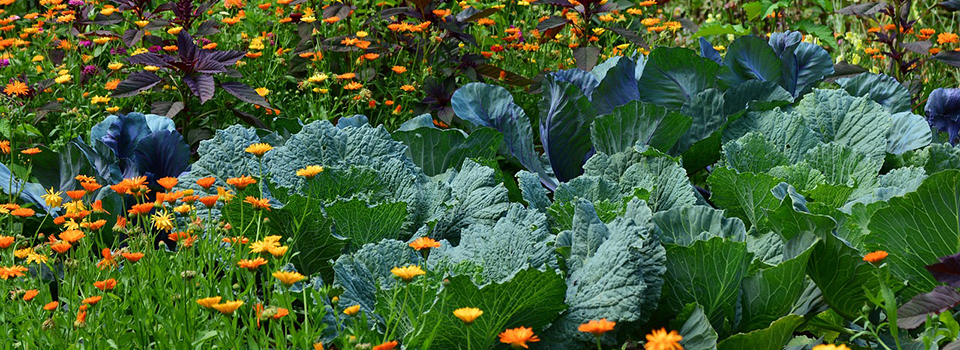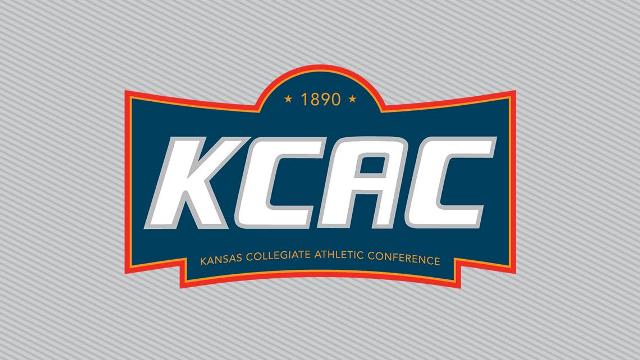Implementing land management practices can help increase production yields and decrease manual labor by working with nature’s systems.
According to Kansas State University Research and Extension, permaculture, or permanent agriculture, is one strategy that combines ecology, food production and landscape design.
“One permaculture principle is to turn waste into resources,” said Kansas State University horticulture expert Cynthia Domenghini. “Composting is one common example of this by turning food scraps and animal waste into soil for growing.”
Water collection systems such as rain barrels are another example.
Another permaculture strategy is to restore the environment, which Domenghini says “involves observing what is and isn’t working well within a landscape.”
Areas of erosion or flooding due to human interference are areas that could be restored by making small changes over time. Domenghini said even an effort such as returning a lawn to native landscape can be restorative.
Increasing yields is a third permaculture focus. “This primarily refers to the harvest from the landscape, which can be increased as a result of improving the soil, growing more edible plants, succession planting and using season extenders,” Domenghini said.
Some growers may suggest that increasing the yield also includes other benefits reaped, such as increasing the presence wildlife.
Domenghini said one of the goals of permaculture is to minimize manual labor, which is one of the natural outcomes of working with the environment.
“Selecting the proper locations for specific plants prevents the grower from battling the environment and allows the plants to flourish,” she said.
Domenghini and her colleagues in K-State’s Department of Horticulture and Natural Resources produce a weekly Horticulture Newsletter with tips for maintaining home landscapes and gardens. The newsletter is available to view online or can be delivered by email each week.
Interested persons can also send their garden and yard-related questions to Domenghini at [email protected], or contact your local K-State Research and Extension office.



